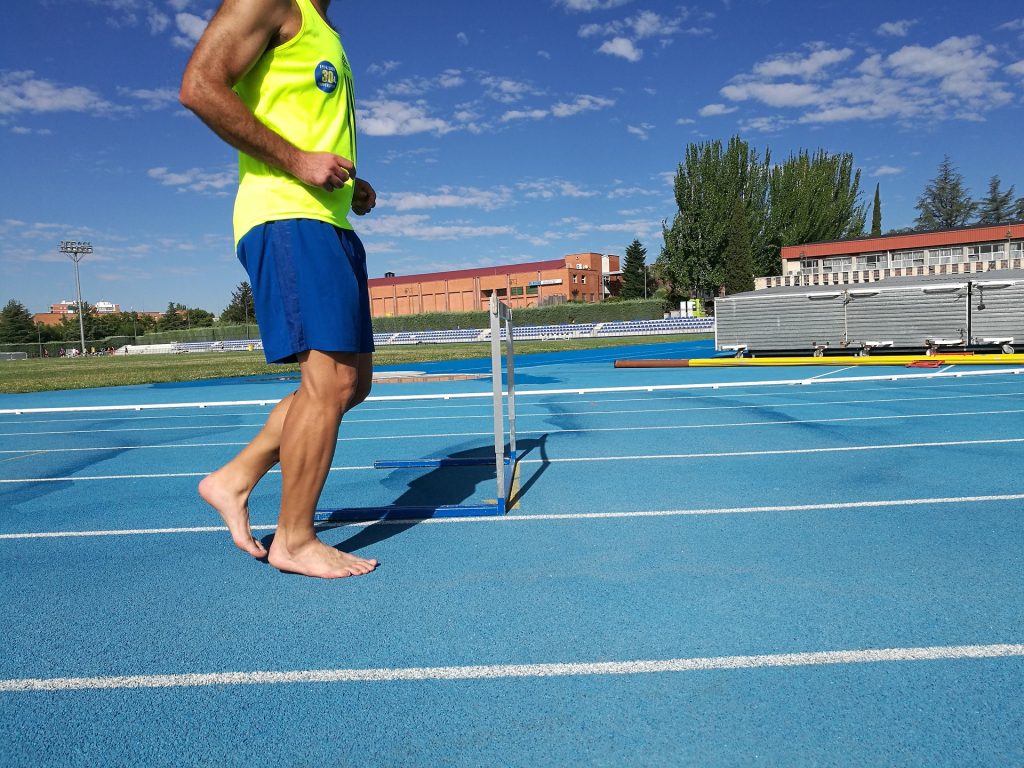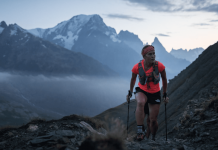Looking to switch up your running routine? Consider trying a few barefoot strides to improve your running form and body awareness. While we don’t suggest running long distances or even running in minimalist shoes, going barefoot for a brief period can have significant benefits.

Jay Dicharry, a physical therapist and biomechanics researcher, explains that the cushioning in shoes can impair the feedback necessary to recognize imbalances in your gait. Going barefoot allows you to feel where your foot lands relative to your center of mass, which muscles are activated, and whether you’re maintaining your arch. Short periods of barefoot running can provide enough stimulation to recognize these imbalances and work to correct them.

View this post on Instagram
Barefoot running can also address common issues, such as overstriding and pronation. A cushioned sole can mask overstriding, but running barefoot can cause discomfort and add load to every joint. By contacting the ground closer to your body, you can decrease knee pain by up to 37%. Running barefoot also allows you to feel your foot’s inversion or eversion, which can help identify over- or under-pronation that leads to injuries like plantar fasciitis, IT band friction, piriformis syndrome, knee pain, shin splints, and stress fractures.
If you’re new to barefoot running, start on grass or a track, which are softer surfaces and obstacle-free. Twice a week, try four to eight barefoot strides of about 40 to 60 meters to keep your proprioception at a high level.
While healthy runners are unlikely to experience issues with low-volume barefoot running strides, it’s essential to assess your foot strength, lower leg muscle strength, and calf tightness. Being barefoot puts a higher demand on the calf and lower leg muscles, so if you have any concerns, it’s best to consult with a physical therapist.

















